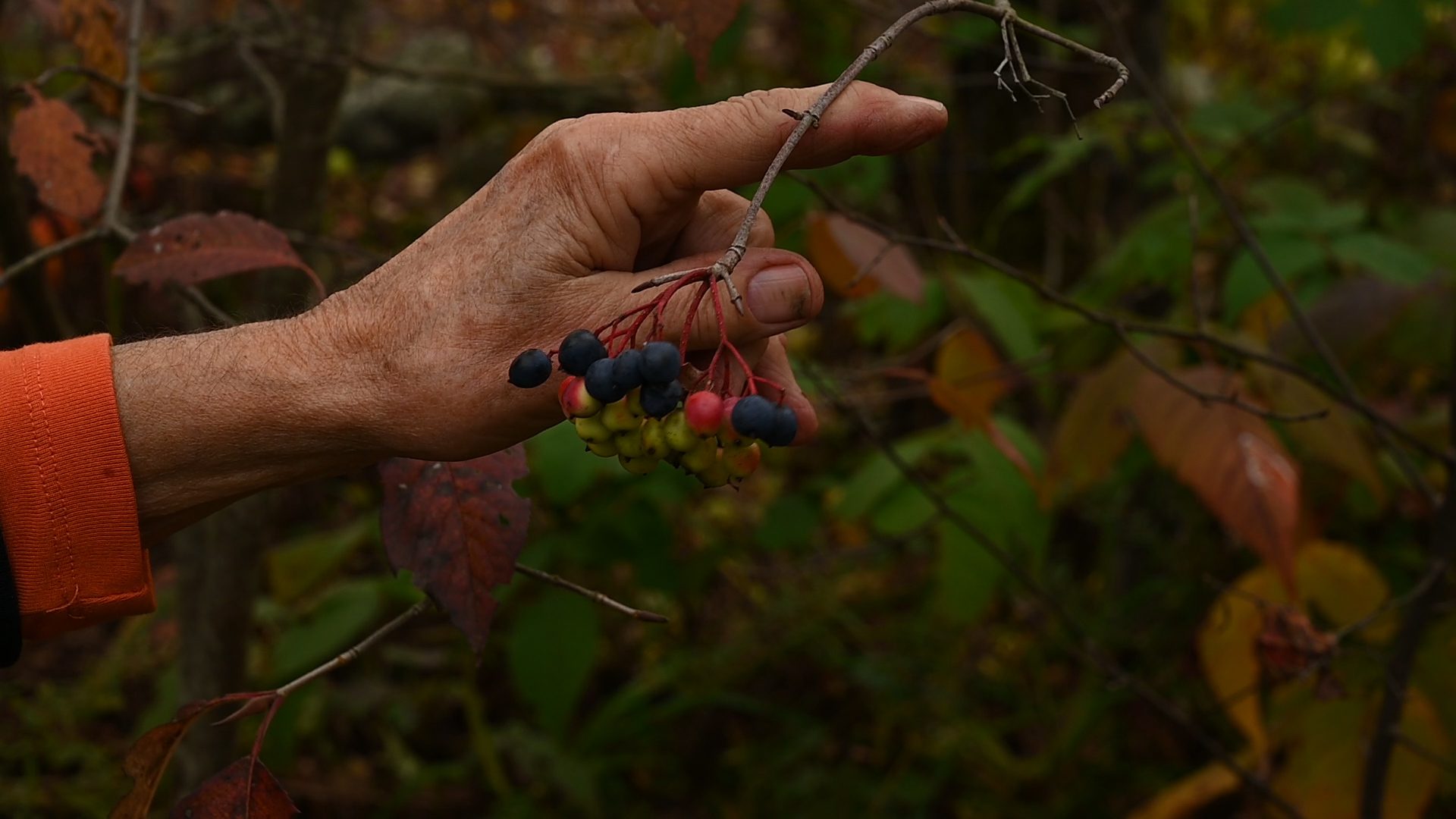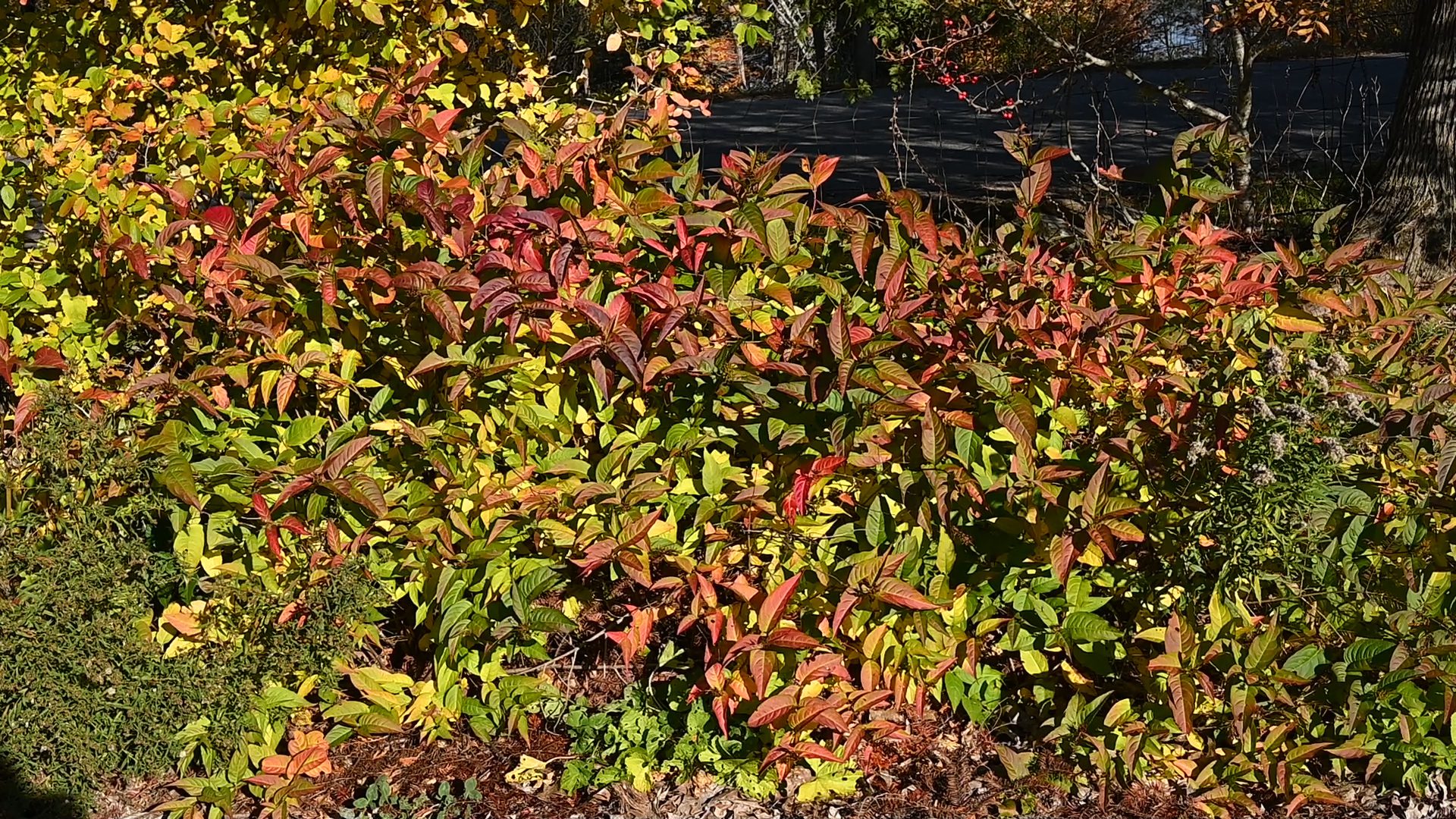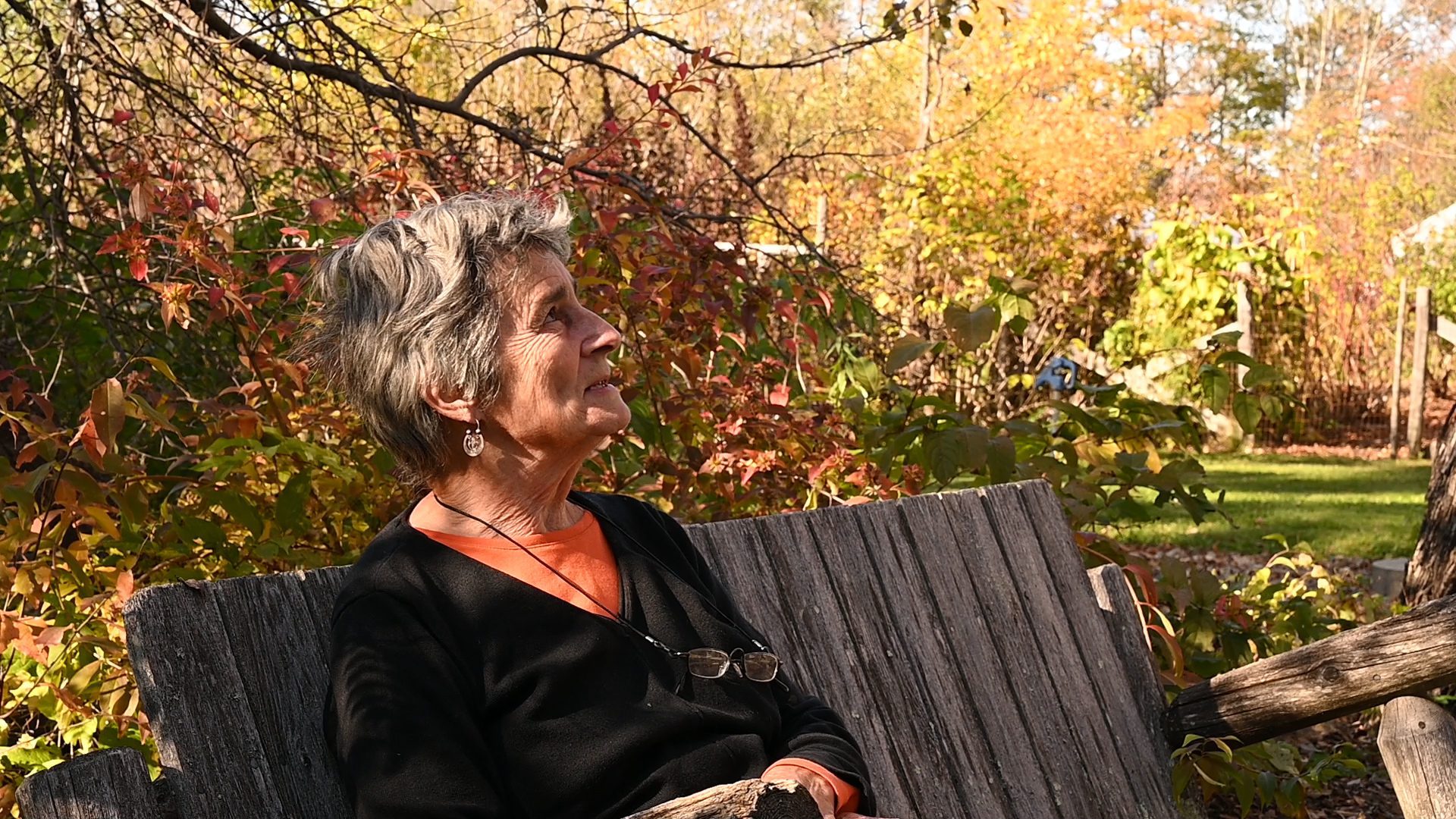If you look the right way, you can see the whole world is a garden.
— Frances Hodgson Burnett, The Secret Garden
Getting Sharon Turner to sit down, even for an hour’s interview, can be hard. As a gardener and teacher, she is always on the move.
Never mind that she’s 75 years old.
Of late, she’s been juggling design consultations for clients, teaching three adult education classes, getting in a fall planting of softneck garlic and preparing to sell a raft of shrubs to Fedco Trees, a cooperative in Clinton with an annual spring sale that includes thousands of Maine-grown shrubs, trees and perennials.
Turner lives in a cabin – with no electricity or running water – at Crystal Lake Farm and Nursery, an 80-acre mix of fields and woods on a ridgeline in Washington that she manages with her son, Eli Berry. She first came to the land in 1955 when her father purchased the property, intending to run the boy’s camp that had operated there.
That plan never materialized, but the land remained in her family. When she retired from a job in Brunswick 15 years ago, she decided to spend a summer on the land while deciding her next step.
“The summer was lovely so I stayed for the fall, and that was lovely,” she recalls. “I stayed through the winter, and that was lovely. Then in spring, I planted a garden. I’ve been here ever since, and I’m still gardening.”
Her “retirement” career – nurturing the plants that nourish wildlife and teaching others to do the same – draws on her lifelong passion for gardening and on experiences teaching school, running a design business and studying clinical psychology. “This really brings it all together,” she reflects.
Her motivation to awaken people to the natural world keeps getting stronger as more evidence emerges of damage done. A recent report that bird populations have plummeted 30 percent in the past 50 years provides further impetus to get others landscaping in ways that benefit wildlife.
Turner’s classes take students into the field, visiting each others’ properties and then having a final get-together at Crystal Lake Farm. Liz Stanley, who coordinates the Master Gardener Volunteer Program for University of Maine Cooperative Extension in Knox, Lincoln and Waldo counties, says that even for experienced gardeners, the visit to Turner’s place can be transformative.
“There’s so much to see,” Stanley notes: “planting and growing techniques, different methods of weed management, types of season extension, pathways connecting ‘rooms’ of different production gardens, and songbirds to watch and hear. On one spring visit, our group couldn’t even converse through the continuous birdsong. And of course there’s always a plant you’ve never seen and must have.”

Visitors to Crystal Lake Farm encounter plants they might not find at a local garden center, ones that are both aesthetic and beneficial for wildlife. Among Turner’s favorites are native shrubs like Viburnum lentago (commonly called nannyberry), whose white flowers in May give way to edible berries that morph from green to pink to purple to black.
Another of Turner’s favorite shrubs, the native silky dogwood (Swida amomum), has handsome blue berries in fall and dark red twigs in winter. By late October this year, migrating songbirds had swept the berries clean off her bushes.
One shrub becomes a “running joke” in her classes, Turner admits, because she talks it up so incessantly: Diervilla lonicera. She “objects” to its common name, northern bush-honeysuckle, concerned it might chase away gardeners rightly fearful of invasive honeysuckles.
Through much of the growing season, the native Diervilla offers yellow double-blossoms beloved by bumblebees, followed by a stunning show of fall color.

Turner recently ran into a client who had – at her suggestion – installed a hillside of Diervilla in front of his business. The endless bee activity that it generated through the growing season, he told her, sparked a new interest in the life of these small pollinators.
It is those awakenings, Turner says, that inspire her to keep educating people about the needs of “the birds, butterflies and beneficial insects.” In her view, it’s a matter of consciously choosing plant species and then planting them as nature would – without fertilizers, pesticides or tillage.
As long as Turner and Berry have been on the farm, no gardens have been tilled. They nurture the soils with steady infusions of organic matter, adding leaves, grass clippings, cow manure and, in places, wood chips.
Lands that had been overgrown with trees were cleared, initially, with help from Berry’s four Dexter cattle – an Irish breed that is partial to eating tree branches and leaves and that can flourish without grain.
Turner credits the cattle with keeping off deer and reducing the tick population, as well as supplying needed soil fertility. “People routinely ask if we keep the cattle for meat or milk,” she notes. “And the answer is neither; we keep them for the manure.”
On a late October afternoon, a class of Turner’s came to the farm for a final celebration – sipping white wine infused with the farm’s own peaches and strolling on paths through the garden and orchard area. Students peppered Turner with questions – about all manner of plants, from the native shrubs to the fig plants overtaking half of a hoop house.
It was clear that this gathering wasn’t the culmination of their learning but a first step in a new way of seeing their home landscapes.
Turner says that spirit of discovery still marks her gardening practice every day: “I am always learning.”







